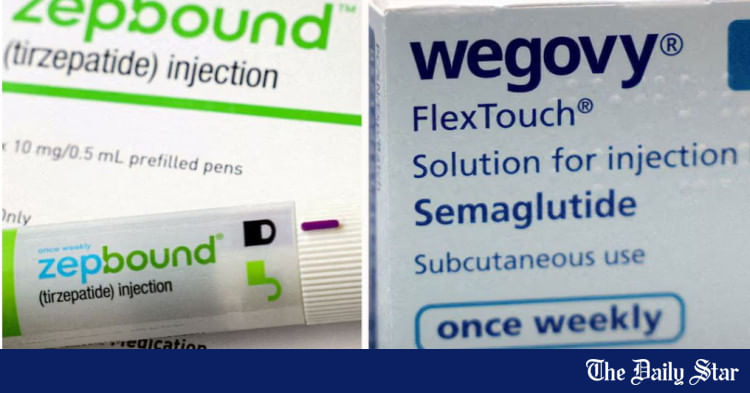Summary
The Future of Healing: How Terahertz Technology Is Transforming Health & Wellness Imagine being able to target pain, inflammation, and fatigue without medic…
Source: medium.com

AI News Q&A (Free Content)
Q1: What are the potential applications of terahertz technology in medical imaging?
A1: Terahertz (THz) technology offers promising applications in medical imaging due to its non-ionizing nature and sensitivity to water content. It is particularly suitable for skin diagnostics, offering high contrast for detecting skin malignancies, assessing hydration levels, and monitoring wound healing. THz imaging can provide detailed molecular composition information, making it valuable for transdermal drug delivery evaluation. However, challenges remain in penetration depth and real-time imaging, which are being addressed through AI-based analysis and system miniaturization.
Q2: How does terahertz technology enable non-destructive testing in various industries?
A2: Terahertz technology enables non-destructive testing through its unique spectral signatures, which are useful for evaluating biological objects, materials, components, and systems. It is particularly advantageous in industries such as security, medicine, material science, and electronics. The technology uses high-temperature superconducting monolithic sources, like Josephson plasma emitters, to produce coherent and monochromatic THz waves. This enables high-contrast imaging, distinguishing between metallic and non-metallic parts, making it suitable for environmental monitoring and other applications.
Q3: What are the current advancements in terahertz light sources for medical applications?
A3: Recent advancements in terahertz light sources for medical applications involve using electronic-oscillator-driven second harmonic generation in extreme-confinement cavities. This method efficiently produces coherent radiation in the terahertz gap, a frequency band crucial for applications ranging from spectroscopy to high-speed wireless communications. These advancements aim to bridge the terahertz gap, enabling the development of new medical imaging techniques and other applications that require precise electromagnetic wave manipulation.
Q4: What challenges do researchers face in utilizing terahertz technology for health and wellness applications?
A4: Researchers face several challenges in utilizing terahertz technology for health and wellness applications, including the lack of compact and power-efficient terahertz sources, limited penetration depth, and real-time imaging capabilities. Additionally, the development of suitable materials and devices to manipulate terahertz radiation remains a technical hurdle. Despite these challenges, ongoing research is focused on improving system miniaturization, AI-based analysis, and multimodal integration to enhance clinical applicability.
Q5: How does terahertz technology compare to traditional imaging methods in healthcare?
A5: Terahertz technology offers several advantages over traditional imaging methods like MRI, CT, and ultrasound. It provides high sensitivity to water content and molecular composition, making it ideal for skin diagnostics. Unlike ionizing radiation used in some traditional imaging techniques, terahertz imaging is non-ionizing, posing fewer health risks. However, traditional methods still offer better penetration depth and established real-time imaging capabilities, which terahertz technology is working to improve.
Q6: What are the prospects for integrating terahertz technology into future healthcare systems?
A6: The prospects for integrating terahertz technology into future healthcare systems are promising, particularly in personalized treatment strategies and early disease detection. Continued advancements in AI-based analysis and system miniaturization are expected to overcome current limitations, making terahertz imaging a viable option for routine clinical use. Its ability to provide detailed molecular information and non-destructive testing capabilities makes it a valuable tool for advancing biomedical imaging.
Q7: What role does terahertz technology play in the development of smart societies and healthcare innovation?
A7: Terahertz technology plays a crucial role in the development of smart societies by enabling advancements in healthcare innovation. It supports the creation of non-invasive diagnostic tools and enhances the precision of medical imaging. Moreover, terahertz technology contributes to the broader integration of smart technologies in healthcare, fostering the development of intelligent systems that improve patient care and streamline health services. Its applications extend beyond healthcare, impacting areas such as security and environmental monitoring, further solidifying its importance in building a smart society.
References:
- Terahertz Light Sources by Electronic-Oscillator-Driven Second Harmonic Generation in Extreme-Confinement Cavities
- Terahertz imaging system with on-chip superconducting Josephson plasma emitters for nondestructive testing
- In-Vivo Reflection Terahertz Imaging for Non-Invasive Skin Diagnostics: A Topical Review





